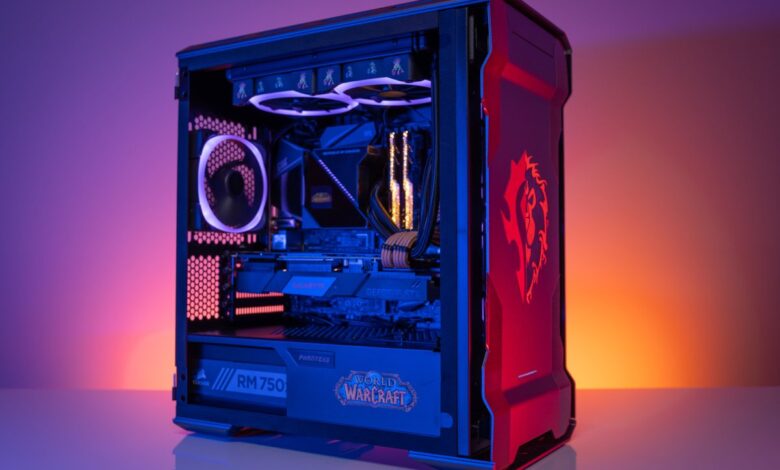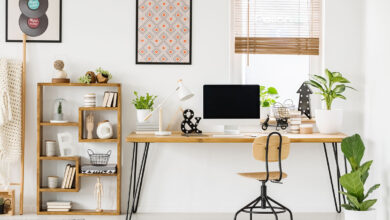Navigating the World of PC Building: What Newbies Need to Know

Computer enthusiasts, gamers, and even regular users who want a more personalized computing experience often turn to building their own PCs. With the wide range of components available in the market, it can be overwhelming for beginners to know where to start.
But fear not, newbie PC builders! In this guide, we’ll walk you through the basics of PC building and provide tips on how to choose the right components for your needs.
Choosing Your Components
The first step in building a PC is to choose the components you will need. These include the CPU, motherboard, RAM, storage, graphics card, power supply unit (PSU), and case. It’s important to note that each component must be compatible with one another for your PC to function properly.
CPU

The central processing unit (CPU) is the brain of your PC. It determines how fast your computer can process information and run programs. When choosing a CPU, you’ll need to consider factors such as clock speed, number of cores, and cache size.
Intel and AMD are the two main players in the CPU market. Intel’s processors tend to have higher clock speeds, while AMD offers more cores at a lower price point. Consider your budget and usage needs when deciding between the two.
Motherboard
The motherboard is the main circuit board that connects all the components of your PC. It also houses important features such as BIOS, which controls the boot process of your PC. When choosing a motherboard, make sure it has the right socket type for your chosen CPU and enough expansion slots to accommodate all your components.
RAM

Random access memory (RAM) is temporary data storage that helps your computer run multiple programs smoothly. The amount of RAM you need will depend on the type of activities you’ll be doing on your PC. For basic tasks like web browsing and word processing, 8GB should suffice. Gamers and video editors may need 16GB or more for optimal performance.
Storage
There are two types of storage: hard disk drives (HDDs) and solid-state drives (SSDs). HDDs offer larger storage capacity at a lower cost, while SSDs provide faster read and write speeds. Many users opt for a combination of both, with the SSD used as the primary drive for the operating system and frequently used programs, and the HDD used for mass storage.
Graphics Card

If you’ll be using your PC for gaming or graphic design, a dedicated graphics card is a must. This component handles all the visual processing of your computer. Popular brands include Nvidia and AMD, with various models offering different levels of performance at different price points.
Power Supply Unit (PSU)
The PSU is responsible for converting the electricity from your wall outlet into usable power for your PC. It’s important to choose a PSU with enough wattage to support all your components and provide some room for future upgrades.
Case
Lastly, you’ll need a case to house all your components. When choosing a case, consider factors such as size, airflow, and cable management. A larger case with good airflow can help keep your components cool and prevent overheating.
Putting it all Together
Now that you’ve chosen your components, it’s time to put them together. This process can be intimidating for beginners, but don’t worry – there are plenty of resources available to help you along the way.
First, make sure you have all the necessary tools such as a screwdriver and thermal paste. Then, follow step-by-step tutorials or video guides to guide you through the assembly process.
It’s also important to take your time and double-check that all components are installed correctly before turning on your PC for the first time. This will help prevent any potential issues or damage.
Troubleshooting
Even with careful assembly and planning, it’s not uncommon to run into issues when building a PC. Some common troubleshooting steps include checking all connections, reseating components, and updating drivers.
If you’re still having trouble, don’t hesitate to seek help from online communities or local computer shops. Building a PC is a learning process, and it’s normal to encounter challenges along the way.
So there you have it, newbie PC builders – a basic guide to help you navigate the world of PC building. With the right components, resources, and patience, you’ll soon have your very own custom-built computer that meets all your needs.



